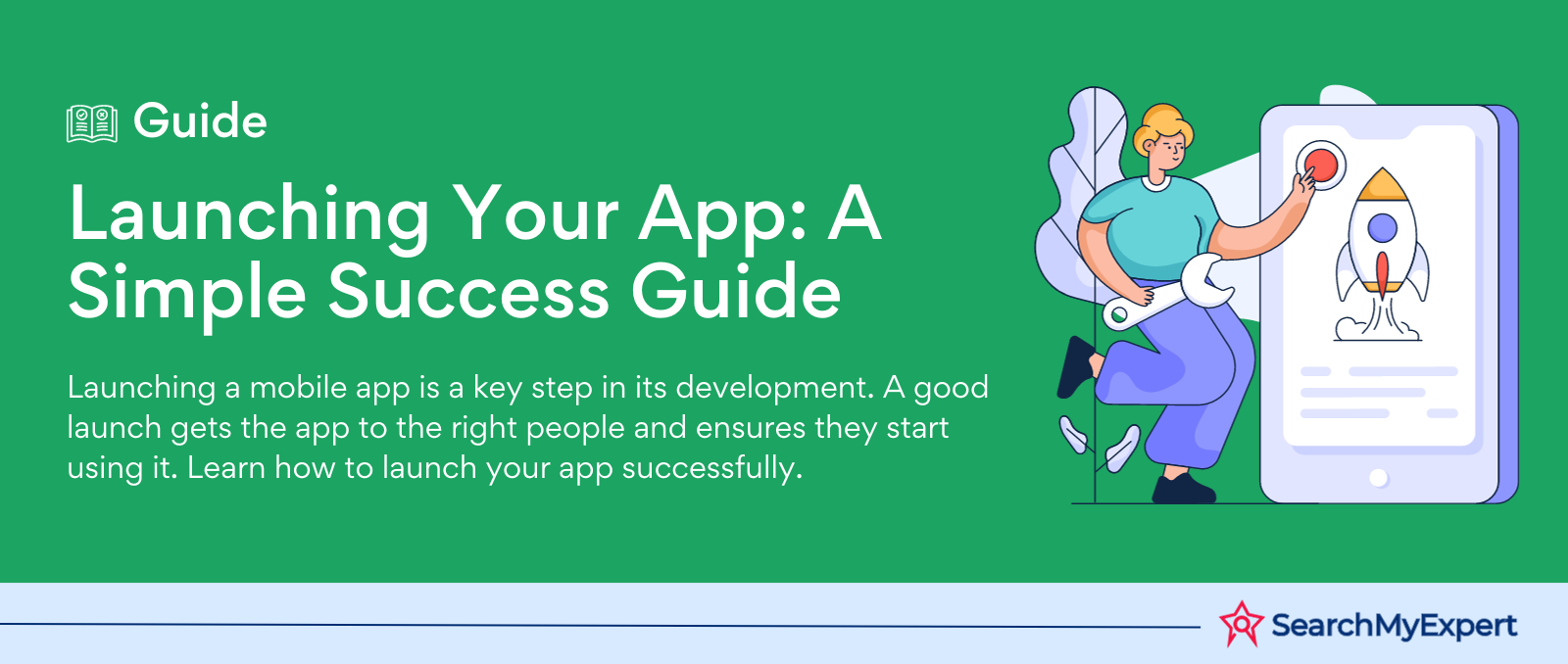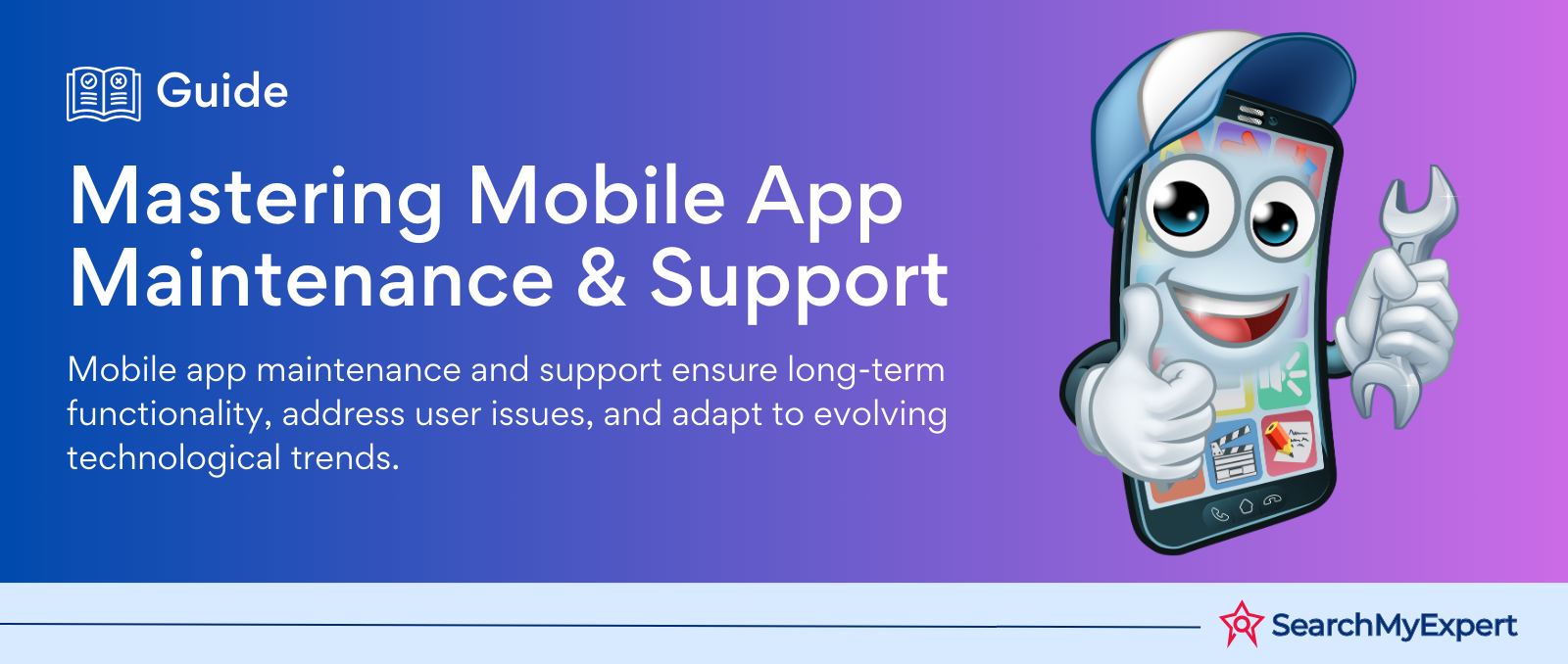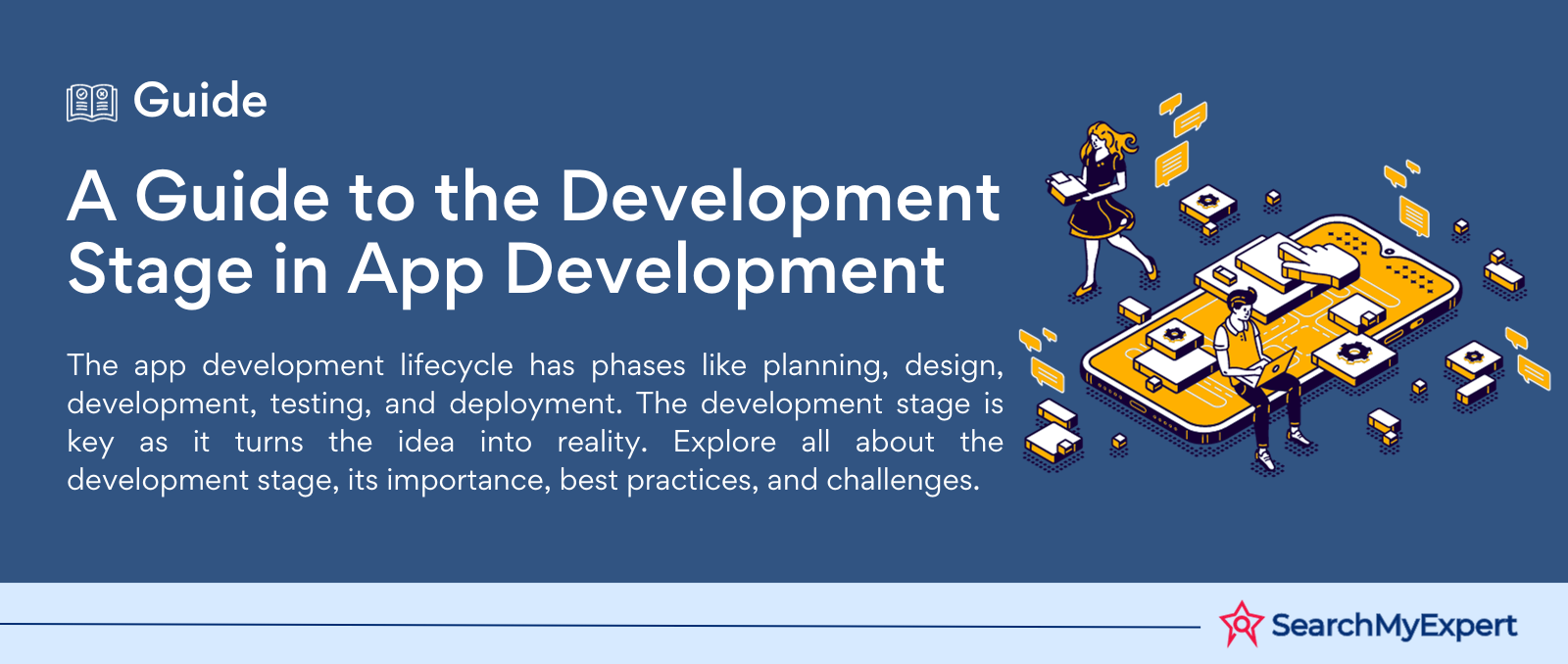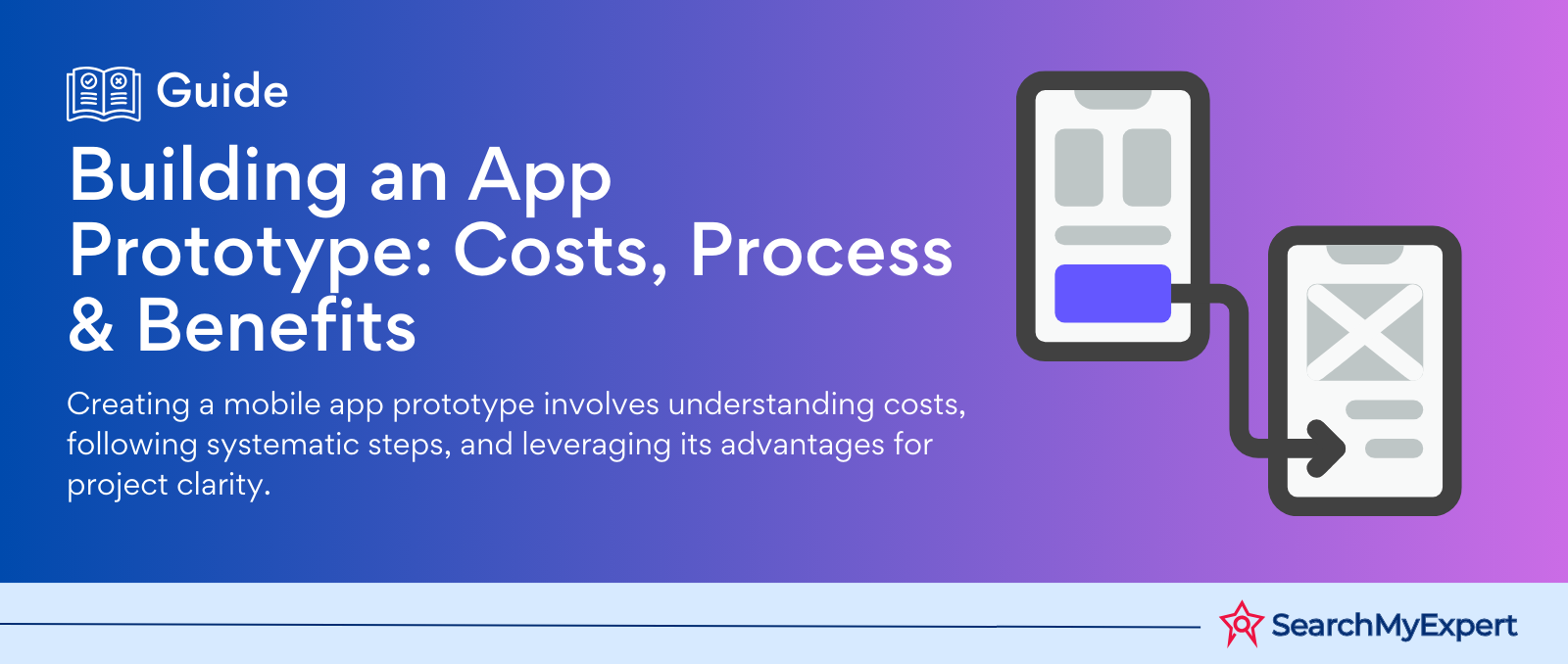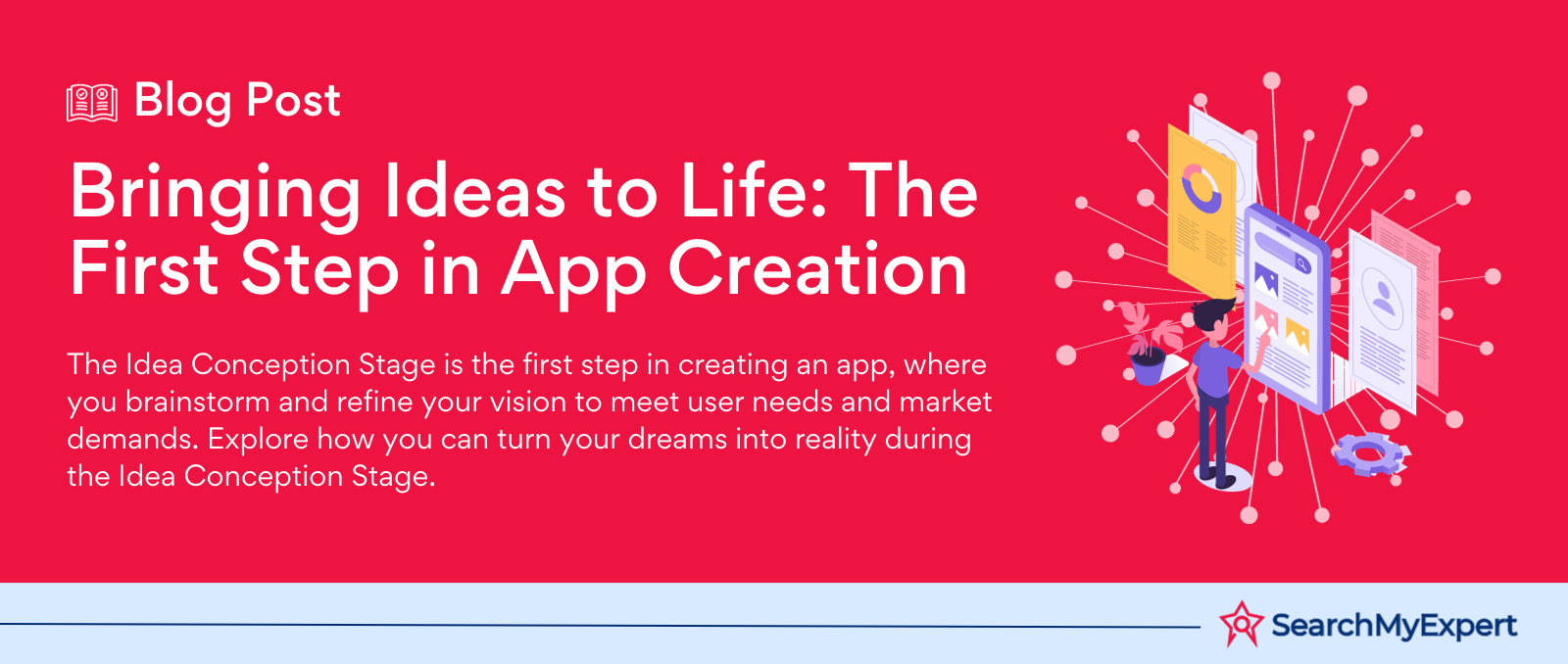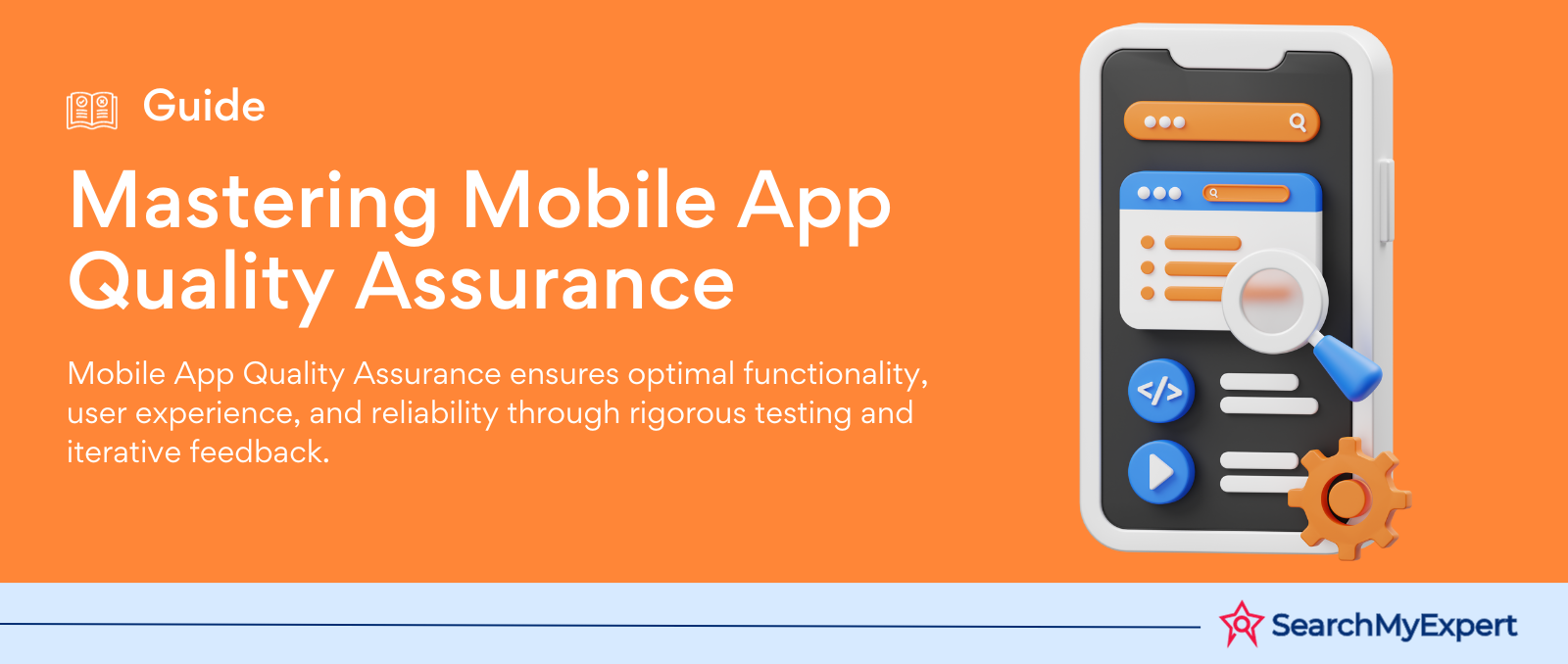Mastering Business Blogging: Digital Storytelling Art
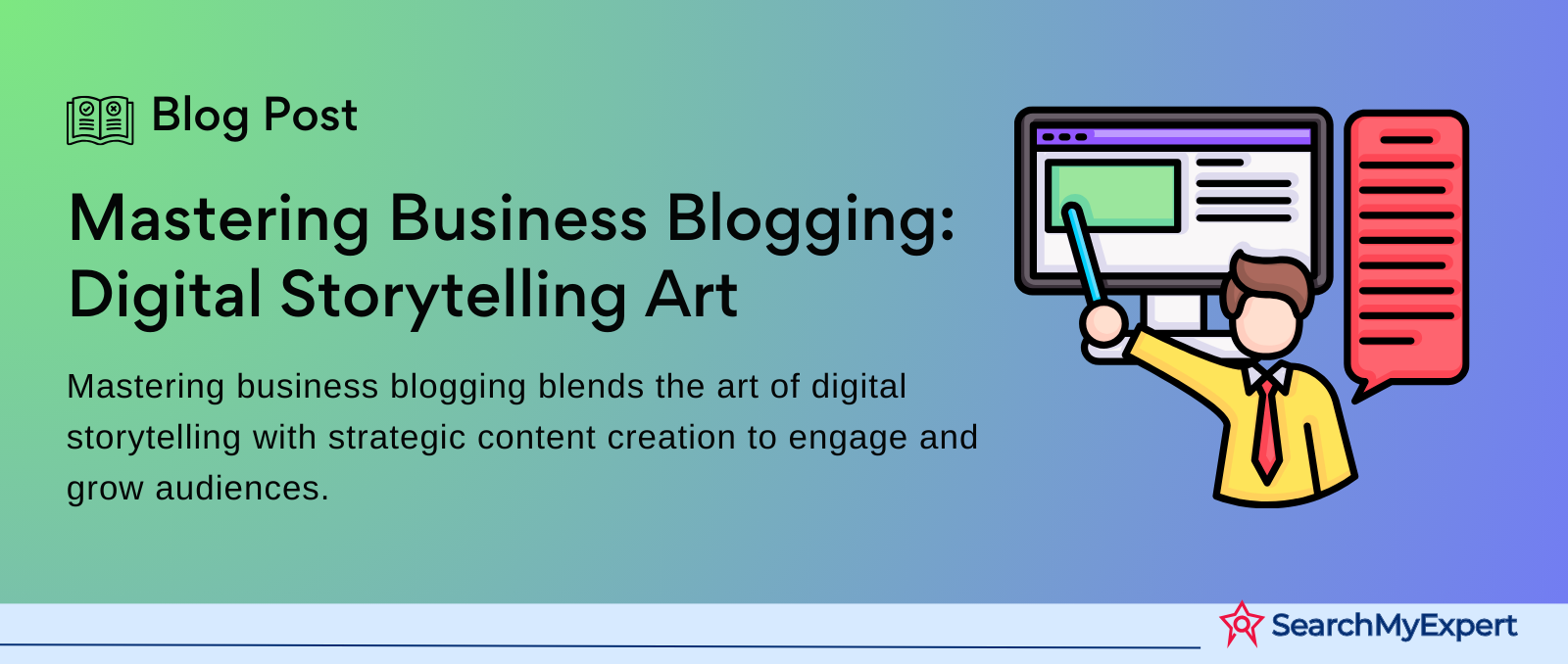
Blogging for Business: A Comprehensive Guide
Defining Blogging in the Business Context
Blogging, a versatile digital platform, has become a pivotal tool for businesses in the modern world. Initially seen as a personal journaling space, blogging has evolved into a strategic asset for companies. It's a dynamic way to communicate with customers, share insights, and establish a brand's voice.
The Benefits of Blogging for Businesses
Business blogging offers numerous advantages. It enhances online visibility, fosters customer engagement, and positions a brand as a thought leader in its niche. A well-maintained blog drives organic traffic to a website, bolsters search engine optimization (SEO), and can significantly boost conversion rates.
Key Aspects of Successful Business Blogging
Successful business blogging hinges on understanding your audience, delivering valuable content, and consistently aligning with your brand’s message. It's not just about what you write, but how you connect your content with the readers' needs and interests.
Establishing Your Blogging Goals
Identifying Your Target Audience and Their Interests
To create a successful business blog, you need to have a clear understanding of who your audience is. This involves identifying their demographics, interests, pain points, and what they seek in your content. Tailoring your blog to resonate with your audience's needs is crucial for engagement and loyalty.
Defining Your Blogging Objectives
Setting clear objectives for your blog, such as increasing brand awareness, generating leads, or enhancing customer engagement, is essential. Each objective demands a different approach and content style. For example, lead generation might focus on problem-solving content, while brand awareness might lean towards storytelling.
Aligning Blogging Strategy with Business Goals
Your blog should be a reflection of your overall business strategy. If your business goal is to establish thought leadership, your blog should be rich in insights and industry analysis. If customer engagement is the goal, focus on interactive and relatable content.
Choosing a Blogging Platform and Domain
Evaluating Blogging Platforms
Several blogging platforms cater to diverse needs, from WordPress to Squarespace. Each platform offers unique features and usability levels. It's crucial to choose a platform that aligns with your technical capabilities and business goals.
Selecting a Memorable Domain Name
Your domain name is your online identity. It should be relevant, easy to remember, and reflective of your brand. Consider using keywords that resonate with your business to improve SEO.
Setting Up and Customizing Your Blog
Once you've chosen a platform and domain, setting up your blog involves customizing the design to match your brand's aesthetic. This includes choosing a theme, setting up the layout, and integrating any necessary plugins for enhanced functionality.
Creating Compelling and Engaging Content
Developing a Content Calendar
A content calendar is essential for planning and scheduling your blog posts. It helps in maintaining a consistent posting schedule, which is key to keeping your audience engaged and attracting new readers.
Crafting Valuable Blog Posts
Your content should offer value to your readers. This could be through informative articles, how-to guides, industry insights, or entertaining content. The aim is to make your blog a go-to resource for your audience.
Diversifying Content Formats
Incorporating various content formats, like infographics, videos, and podcasts, can enhance the appeal of your blog. It caters to different audience preferences and keeps the content dynamic.
Incorporating SEO Best Practices
Utilizing SEO best practices, such as keyword optimization, meta descriptions, and quality backlinks, can significantly improve your blog's visibility on search engines. This is crucial for driving organic traffic to your site.
Promoting Your Blog
Leveraging Social Media for Promotion
Social media is a powerful tool for promoting your blog content. Sharing your posts on platforms like Facebook, Twitter, and LinkedIn can increase your reach and engage with a broader audience.
Utilizing Email Marketing
Email marketing can be an effective way to reach your subscribers and promote your blog content. Regular newsletters with links to your latest posts can drive traffic back to your blog.
Exploring Paid Advertising Options
Paid advertising, such as Google Ads or sponsored content on social media, can help in expanding your blog's reach to a targeted audience. It's a worthwhile investment for increasing visibility and attracting new readers.
Measuring and Analyzing Blog Performance
Tracking Key Metrics
Monitoring website traffic, blog views, and social media engagement is crucial to understanding the performance of your blog. Tools like Google Analytics can provide valuable insights into your audience's behavior and preferences.
Analyzing Audience Data
Analyzing the data helps in understanding what content resonates with your audience. This can inform future content strategies and help in tailoring your posts to better meet your audience's needs.
Refining Your Blogging Strategy
Based on the analytics and audience feedback, it's essential to continually refine your blogging strategy. Adapt your content, style, and posting frequency to align more closely with what your audience prefers. This iterative process ensures your blog remains relevant and engaging.
Continuously Optimizing Your Blogging Efforts
Staying Updated on Latest Trends
The digital landscape is always evolving, and so are blogging trends. Staying informed about the latest developments in content marketing, SEO, and social media can give your blog an edge. Incorporating these trends into your strategy keeps your content fresh and interesting.
Adapting Based on Feedback and Data
Your audience's feedback is invaluable. Regularly soliciting and incorporating their suggestions can greatly enhance the quality and relevance of your blog. Similarly, performance data offers concrete insights into what works and what doesn't, allowing for data-driven adjustments.
Experimenting with Content and Promotion
Don't be afraid to experiment with different types of content and promotional strategies. This could mean trying out new content formats, exploring different social media platforms, or testing various email marketing techniques. The key is to find what resonates best with your audience and your business goals.
conclusion:
In conclusion, blogging for business is a dynamic and ongoing process that requires a strategic approach, consistent effort, and continual optimization. By understanding your audience, creating compelling content, leveraging various promotional channels, and regularly analyzing your blog's performance, you can develop a successful business blog that not only reaches but also resonates with your target audience.
Drive engagement and results with our Content Marketing.
share this page if you liked it 😊
Other Related Blogs

Mastering Docker for App Development: A Comprehensive Guide to Benefits, Use-Cases, and Alternatives
STAY UP TO DATE
GET PATH'S LATEST
Receive bi-weekly updates from the SME, and get a heads up on upcoming events.
Contact Us




